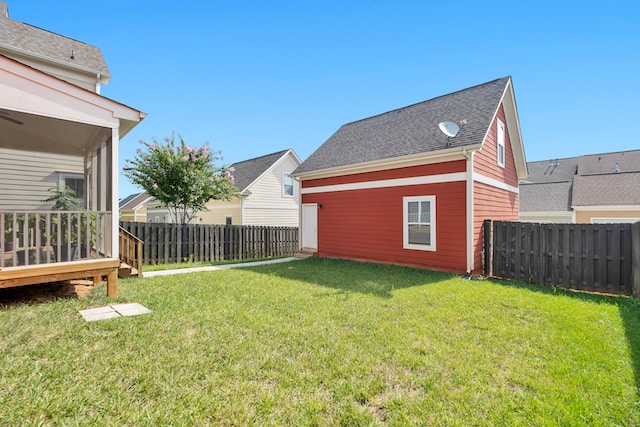There are hundreds of thousands of possible sites for granny flats in Australia’s biggest cities amid struggles to affordably house growing populations.
Brisbane, Sydney and Melbourne could be home to an extra 655,000 self-contained two-bedroom units, new analysis shows.
Australia has acute housing shortages due to lacklustre new construction, a trend toward smaller household sizes, and a migration boost since borders reopened.
Government agency Housing Australia forecasts an undersupply of 106,300 over the next five years, with a shortage of rentals contributing to sharp increases in prices.
The research by town planning platform Archistar, real estate construction lender Blackfort and analytics firm CoreLogic frames the humble granny flat as part of the solution to Australia’s housing woes.
CoreLogic research director Tim Lawless said granny flats presented an immediate and cost-effective opportunity to boost housing supply within existing town planning guidelines.
“For homeowners, the addition of a second self-contained dwelling provides an opportunity to provide rental housing or additional accommodation for family members, while at the same time, increasing the value of their property and potentially attaining additional rental income,” he said.
The South Australian government has recognised the value of granny flats as a way to boost rental supply.
The state passed legislation earlier in October to stop local councils from preventing homeowners from renting granny flats to anyone other than immediate family members.
The new research revealed Sydney as the city with the most suitable sites for granny flats.
About 242,000 suitable properties were found in the harbourside city, 230,000 in Melbourne, and another 185,000 in Brisbane.
Rental vacancy rates remain tight in all three of those cities, according to new SQM Research data.
The national vacancy rate slipped to 1.1 per cent, with Sydney falling back to 1.3 per cent from 1.4 per cent in August.
Asking rents also ticked higher to reflect fierce competition for housing, moving 1.3 per cent higher in the 30 days up to last Thursday.
SQM Research managing director Louis Christopher said home building was not keeping up with population growth spurred by pent-up, post-pandemic migration.
He said regional towns were also recording a return to tight rental conditions.
“It would suggest the population overflow is making many look once more to areas outside the capital cities in order to find shelter,” he said.
Poppy Johnston
(Australian Associated Press)






